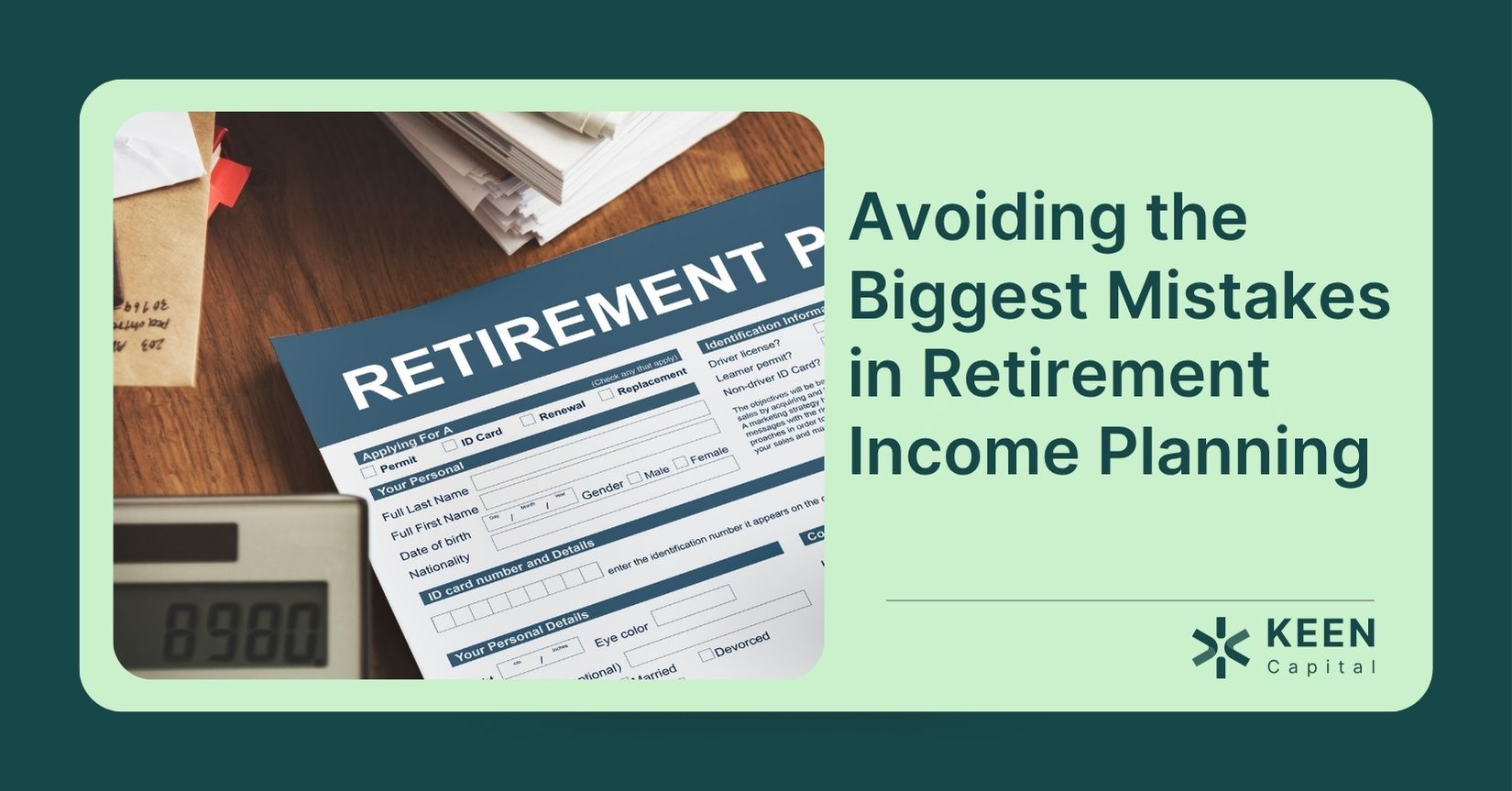If you’ve been curious about alternatives but felt a bit overwhelmed, this one’s for you.
Alternative investments aren’t just buzzwords or something for big institutions. For many high net worth individuals, they can be powerful tools: better diversification, access to unique opportunities, and potential to smooth things out when public markets get rattled.
This 101 guide will take you through investing in alternative assets, the benefits and risks to look out for, and how to access them.
Let’s get into it.
What Are Alternative Assets
“Alternatives” is an umbrella term that usually means anything outside traditional stocks and bonds.
Here are some of the major types:
- Private Equity & Venture Capital: Owning parts of private companies, early early-stage to growth-stage.
- Private Credit: Lending or debt investments outside the usual bank channels: middle-market loans, direct lending, and specialty debt.
- Real Assets: Think real estate, infrastructure (like roads, energy, utility scale), farmland, or timber. Tangible things with value beyond financial contracts.
- Digital Assets: Crypto, tokenized assets, blockchain-based ventures. High upside, but also high volatility and regulatory risk.
- Registered or listed alternatives: Interval funds, listed alternative ETFs or REITs, funds that let you access private-market style returns without full illiquidity.
Why Consider Alternative Assets
Most high-net-worth investors would already have stocks, bonds, maybe real estate or other passive holdings in their portfolio. Alternative investments become an attractive option as they can do things that public markets can’t always deliver. Here are the biggest reasons people add them to investment portfolios.
Diversification & Reducing Your Exposure To Market Swings
When public equities fall, some alternatives don’t follow along in the same way. Private credit might sit differently than public bonds, real assets often have inflation protections, and infrastructure can provide predictable cash flows, even in weak markets. That doesn’t make them risk-free, but they often smooth out returns.
Potential For Higher Returns Or Special Opportunities
If you pick managers well, alternative assets let you tap into value added through operations, rather than just market multiples. Think of private equity managers who improve businesses, or private credit managers who negotiate covenants and tight underwriting. Those are return drivers you often don’t get from passive public market investments.
Income, Inflation Protection, Real Asset Exposure
Real assets, like infrastructure or real estate, produce predictable, contract-based cash flows for investors, and those cash flows often include some built-in inflation protection.
Private credit tends to give a yield higher than many safer public debt instruments. This is particularly useful if you want some current income or worry about inflation eroding purchasing power.
The Chance To Invest In Themes Or Sectors Not Well Represented In Public Markets
If you believe in AI infrastructure, logistics, climate resilience, or emerging health tech, some of those opportunities are best accessed privately. Getting in early or via a differentiated manager can give you exposure others may not see or be able to access.
Risks And Trade-Offs To Watch Out For
Alternatives look exciting, but there are real costs and drawbacks. They do not fit into every portfolio. Understanding the risks is critical before taking the leap.
Liquidity And Lock-Ups
Many alternative investments lock you in for years. You may not be able to pull out capital or have limited windows to sell. If you need money in 3-5 years, investing in a private equity fund with 10-year lock-ups could be painful.
Fees Can Be Steep
Managers charge for origination, performance, management and carried interest. All those fees reduce what you receive in net return. Two different managers might have similar gross returns but wildly different net returns, once fees are considered.
Tax Complexity
K-1s, UBTI, state taxes, issues like FIRPTA in real estate, foreign withholding: these are not side details. They can impose costs, delays, and surprise bills. If you ignore them, you may overestimate what you walk away with.
Valuation and Transparency Risk
As many private investments are not marked daily, valuations could be stale or optimistic. Information flow may be slower. You may have less visibility into what is going on.
Concentration Risk and Manager Risk
You often lean heavily on the manager’s ability: their sourcing, their experience, the team, the track record. If something goes wrong with the manager, like team turnover, poor decisions, macro headwinds, you feel it more acutely.
Regulatory or Market Changes
Rules can change quickly, especially for something like digital assets. Tax treatment is also subject to change. What was once legal or easy may become more expensive or more regulated, this adds a layer of risk you should be aware of.
How To Access Alternative Investments
How you get into alternatives matters just as much as what you pick. Some paths are more painful or expensive than others.
Here are the main vehicles and what you trade off when using them.
Traditional Private Funds
This is the classic way most investors access private equity, venture capital, private credit, or infrastructure. You make a commitment up front as a limited partner (LP), and the manager calls your capital over the first few years as they find deals. In return, you get access to a professionally built portfolio of private investments that may produce strong long-term returns if the manager executes well.
The trade-off is patience and scale. These funds usually have long lifespans, 8 to 12 years is common, and you won’t see meaningful distributions for several years. Minimum commitments are also much larger than what you’d see in a public fund.
For investors who can tolerate the lock-up and have the capital to invest, they can be a powerful way to participate in private markets, but they work best as part of a well-planned portfolio rather than a short-term trade.
Co-investments & Separate Accounts
For investors who want more control, a co-investment lets you put money directly into a specific deal alongside a fund you already invest in. You see exactly what you’re buying, fees are usually lower, and your interests are closely aligned with the manager’s. A separate account goes a step further. It’s a customised portfolio built for you, reflecting your own risk profile, liquidity needs, and themes you want to emphasise. These approaches can give you more transparency, more say over where your capital goes and, over time, potentially lower costs.
The flip side is that co-investments and separate accounts aren’t plug-and-play. They typically require larger minimums, strong relationships with managers, and more active oversight on your part or your advisor’s. For the right investo,r they can be excellent tools, but you need to be sure you have the capacity and support to manage them well.
Interval Funds, Registered Alternatives, And Listed Wrappers
These are ways to get alternative-style exposure without stepping fully into a 10-year private fund. They’re usually SEC-registered vehicles or exchange-traded products designed for individual investors. That means the paperwork, minimums, and tax reporting are simpler.
They also give you more liquidity than a traditional private fund: interval and tender-offer funds will buy back a set percentage of shares on a quarterly or semi-annual schedule, and listed wrappers like REITs, BDCs or ETFs trade daily on an exchange.
The trade-off is that you don’t get full daily liquidity on the semi-liquid options, and listed versions can behave more like public markets than true private assets. But for many high-net-worth investors, they’re a practical middle ground between long-term lock-ups and short-term trading, opening up strategies that used to be reserved for institutions.
Secondaries And Tender Offers
Instead of committing fresh capital to a brand-new fund and waiting years for it to be invested, you can sometimes buy an existing investor’s interest on the secondary market. This lets you step into a fund that’s already built its portfolio and may already be paying out distributions. In other words, you can shorten or even skip much of the “J-curve”, that early period when fees are high and returns haven’t materialised yet.
The trade-off is that these secondary deals can be priced at a premium or a discount depending on market conditions, and the quality of what you’re buying varies. Careful due diligence on both the fund and the price you’re paying is still essential.
Publicly Listed Alternatives And Reits
If you like the idea of alternative strategies but want something you can buy and sell in a regular brokerage account, listed options are the easiest entry point. Publicly traded REITs, business-development companies (BDCs) and liquid-alternative ETFs give you daily pricing and full liquidity.
The flip side is that, because they trade on an exchange, their prices often move with the broader market, and you may give up some of the private-market upside for that convenience. For many investors, they’re a good way to gain some alternative exposure, while keeping flexibility and transparency.
What’s Next?
As you can see, the world of alternative investments is wide, varied and, frankly, a bit complex. There’s no single right option, what works for one investor may not suit another. That’s why it’s so important to look at alternatives in the context of your whole financial picture, not just as a stand-alone bet.
At KEEN Capital, that’s exactly what we do. We take the time to understand your goals and values, then build a plan that brings together asset management, smart tax investing and high income investment strategies. If preserving your wealth for the next generation is a priority, we also provide generational wealth planning.
If you’re curious about getting started with alternatives, or just want to see how they could fit into your portfolio, book a call with us.
We’d be happy to walk you through your options and help you make confident, informed decisions.



